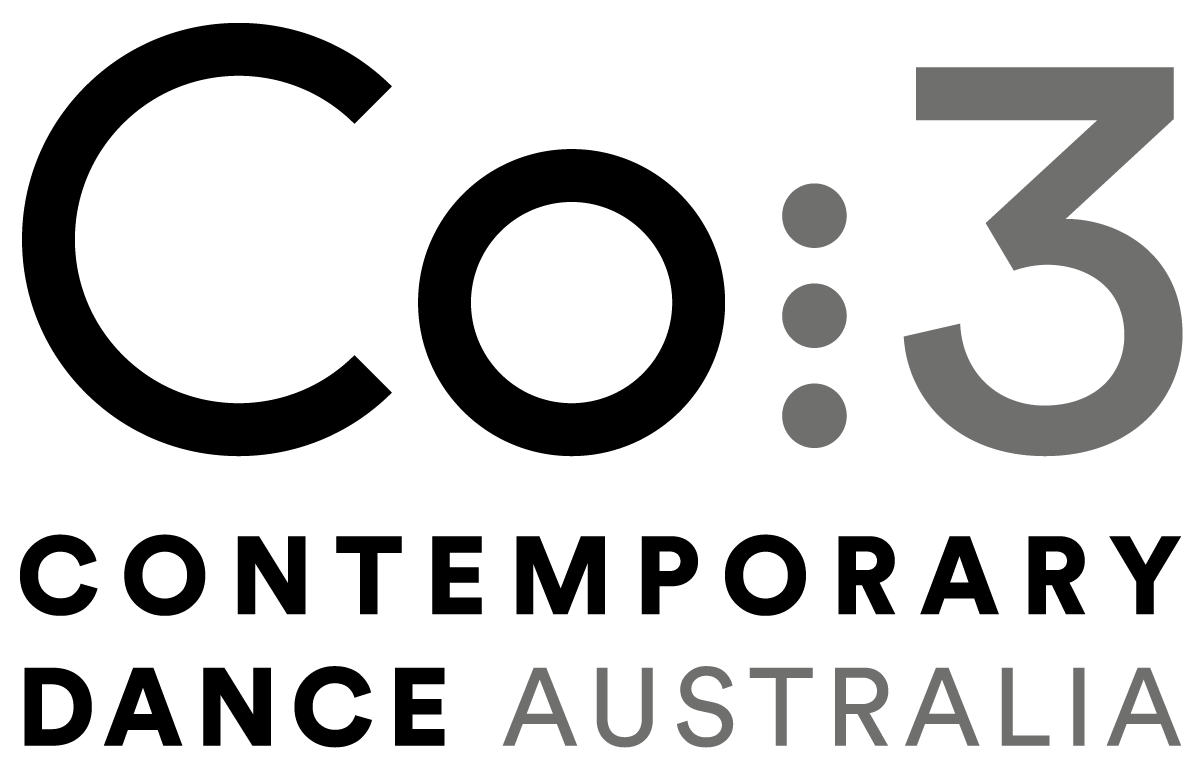REVIEW | Fertilising The Dance Ecosystem – Seesaw Magazine
3 September 2021
Despite the existence of two flagship West Australian dance companies and a Perth-based organisation dedicated to supporting independent dance artists, employment opportunities for our state’s many talented independent choreographers are few and far between.
So the announcement, in June, by one of the flagships – Co3 Contemporary Dance – that it was launching a program of three initiatives to support WA dance makers was welcome news.
“IN HOUSE”, the second initiative, sees five choreographers given $2000 and 40 hours of studio space to develop choreographic ideas.
If you’re thinking that $2000 isn’t a lot of money in relation to 40 hours, you’d be right, particularly if the choreographer wants to involve any other artists in the work (like, say, dancers). But it’s a start.
Curated and mentored by Co3 Artistic Director Raewyn Hill, the program has culminated in a studio showing of the five participants’ works-in-progress. After the equivalent of just one week of development and rehearsal time, it’s about sharing ideas rather polished products, but that in itself is exciting and the results are engaging.
First up is Talitha Maslin, with Wasteland. Referencing T.S. Eliot’s famous poem, Maslin’s Wasteland is created “in empathy for species impacted by deforestation”. Performed by four dancers, there’s a plant-like quality to the movement. One can almost see the green tendrils curling off their limbs and picture the audio-visual projections of macroscopic lichen, fungi and the like, that Maslin and collaborator John Carberry have planned.
I’ve long been a fan of the next choreographer, Aimee Smith, who returns to the studio after a six-year hiatus with Once Everything Burns to the Ground. Investigating fire in multiple contexts, it’s a work for two dancers (Laura Boynes and Ella Rose Trew are beautifully cast) and two lights, one of which is a red bicycle light that the dancers manipulate to simulate the licking and flickering of flames. Set to an urgent score by Fire! Orchestra, the movement is driven by rich female vocals. It’s all very promising, in particular the moments of circling, whirling, explosive unison.
Sarah Chaffey’s solo work Chrome is an introduction to the art of pole dance (as much what it isn’t as what it is), a feminist reclaiming of that form and – perhaps – a broader feminist statement about reclamation of space, depending on where she takes it next. It feels pretty raw in its current context but it’s joyful to see Chaffey’s panther-like athleticism on the pole and the work is bursting at the seams with potential, not only in terms of its capacity to push contemporary dance in a different direction, but also to draw new audiences.
The most moving piece of the program, Ella-Rose Trew’s For Four involves no physical movement.
Instead Trew reads us a letter, a poem, a paean, even, to change, to “unlearning”, to surrender. It’s a beautifully articulated story of the absolute joy of returning to the studio after becoming a mother; of being undone by the challenges of parenthood, childcare and the inevitability of germs. Anyone who has trained as a dancer knows that we are taught to carry on regardless. The idea that you might revise what it means to “show up” feels… ground-breaking.
It’s a hard act to follow but soloist May Greenberg has a sincerity that feels sensitive to Trew’s honesty. Exploring ideas about identity and tradition, Greenberg’s work The Interface references her Jewish heritage through song (“Mi Ha’ish”, a biblical psalm that she sings in Hebrew) and through the use of crystal glasses that appear to be symbolic of kiddush cups, used to hold sacramental wine. Though the work’s purpose doesn’t feel clear yet, Greenberg is a compelling performer; her movement vocabulary, which ranges from sweeping pirouettes to robot-like manipulation of her limbs and torso, is exceptional.
“In House” is a pleasing program, as much for what it represents – a company supporting the development of independent work – as for the program itself. For those who want to see where it all starts, this is a window into that world.
– NINA LEVY

